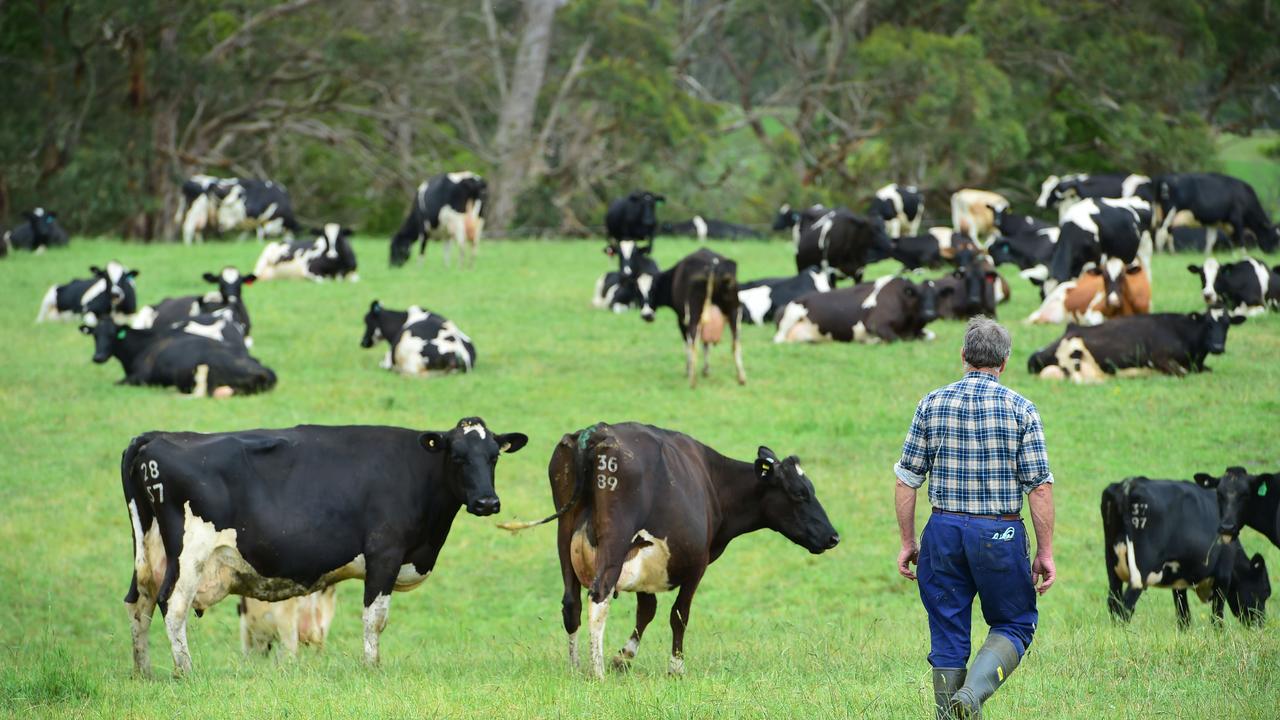Secrecy surrounding fine fuel loads and fire risk must end
The Victorian Government has done everything in its power to prevent media accessing reports that show the state’s fire risk, writes Ed Gannon.

THE area of Victoria where Black Saturday wreaked the most havoc a decade ago is gearing up for a possible repeat performance this summer.
Fine fuel loads in the East Central fire zone, stretching from Kilmore to Morwell, have hit extreme levels, a frightening development as we enter what looms as a hot, dry summer.
This area, which is the nation’s worst fire-risk zone, contains 59 per cent of Victoria’s population, and is where 119 people died and 1242 homes were destroyed on February 7, 2009.
Yet the fine fuel load has been able to build up to at least 34 tonnes per hectare, putting it in the extreme zone.
Fine fuel is the dry leaves, grass, twigs and bark that lie on the forest floor, which explode into flames during a major bushfire. Researchers say it is this fuel that can send embers as far as 35km to spark new fires.
Yet the fuel load build-up has come despite the Black Saturday Royal Commission clearly saying Victoria must have an annual fuel reduction target to keep the fuel load at a low level.
This target was based on burning a specified hectare-based area each year.
The Victorian Government abandoned that crucial goal, instead opting for a computer-modelled measure of residual risk.
The former head of CSIRO’s bushfire research unit, Phil Cheney, has branded residual risk a “load of bulls---”.
“Fuel load is the only thing that matters,” Mr Cheney said.
Which brings us to the second disturbing element of this story – secrecy.
Australia’s media is currently running the Your Right to Know campaign to prevent censorship by government of issues in the public interest.
The risk to your home from bushfire is a black-and-white case of the public’s right to know.
Yet the Victorian Government has done everything in its power to prevent media accessing reports that show the state’s fire risk.
The Weekly Times spent more than 12 months attempting to gain access to fire-load maps to let readers know of the fire risk in their areas.
The Government first argued fire load information should only be available to those inside the Department of Environment, Land, Water and Planning.
A year later it finally admitted “the department has some concerns with this information being made publicly accessible”.
It was only a Freedom of Information request that enabled The Weekly Times to gain access — at a considerable and unjustified cost — to the map of just one region.
The cost to access the fire-risk maps for all Victorian regions was prohibitive.
MORE: FUEL LOADS HIT NEW EXTREME
Every resident of the bushfire East Central fire zone should be extremely concerned that the Government does not want them to know they are currently living in a tinderbox.
Every resident outside that zone should be equally concerned that they have no idea if they are in the same situation.
It is the right of every Victorian to know if they will be safe this summer.
• Ed Gannon is Editor of The Weekly Times


